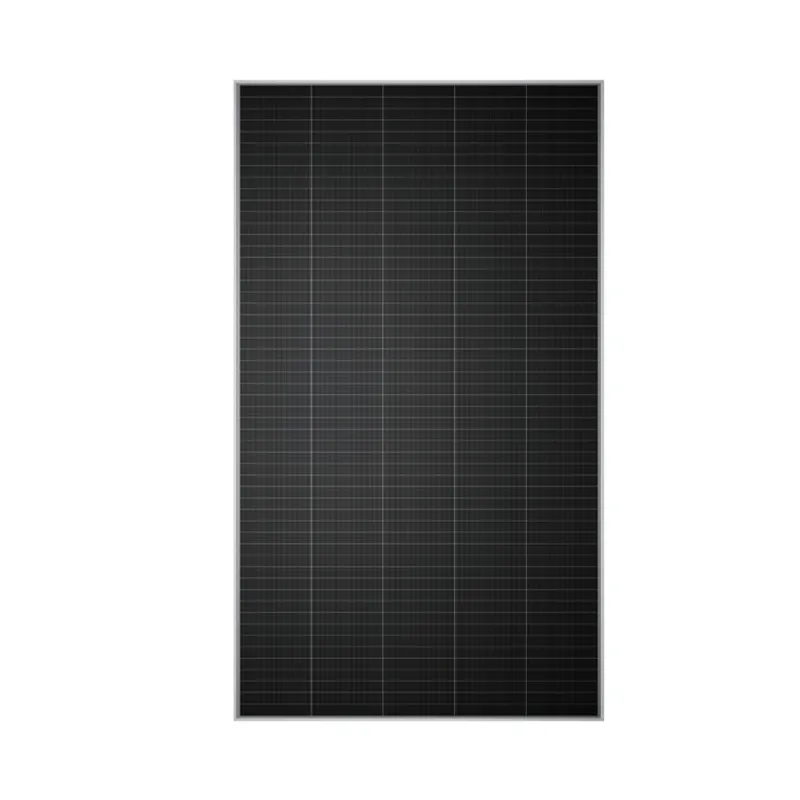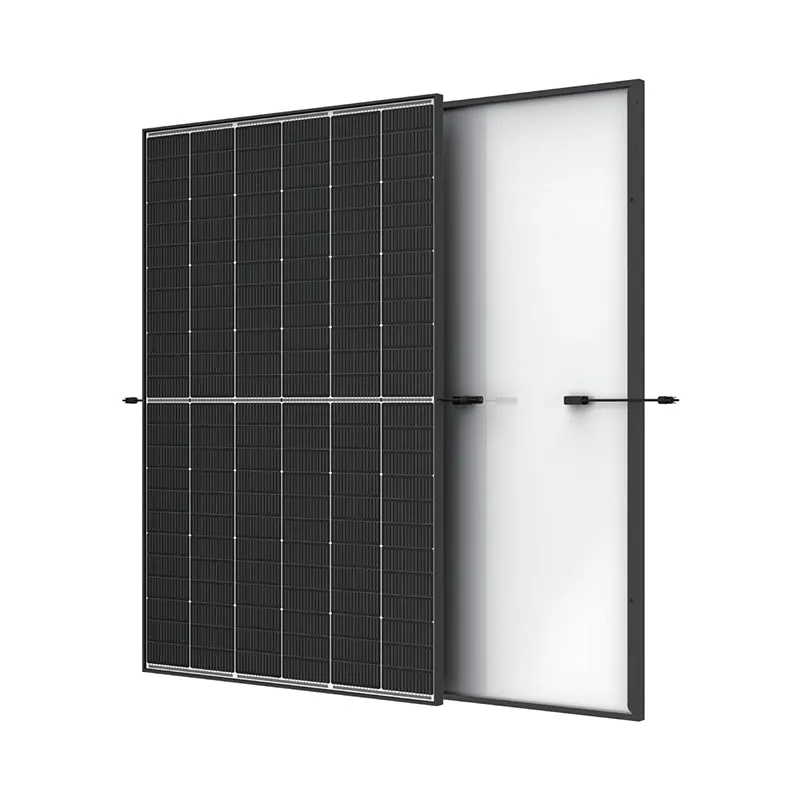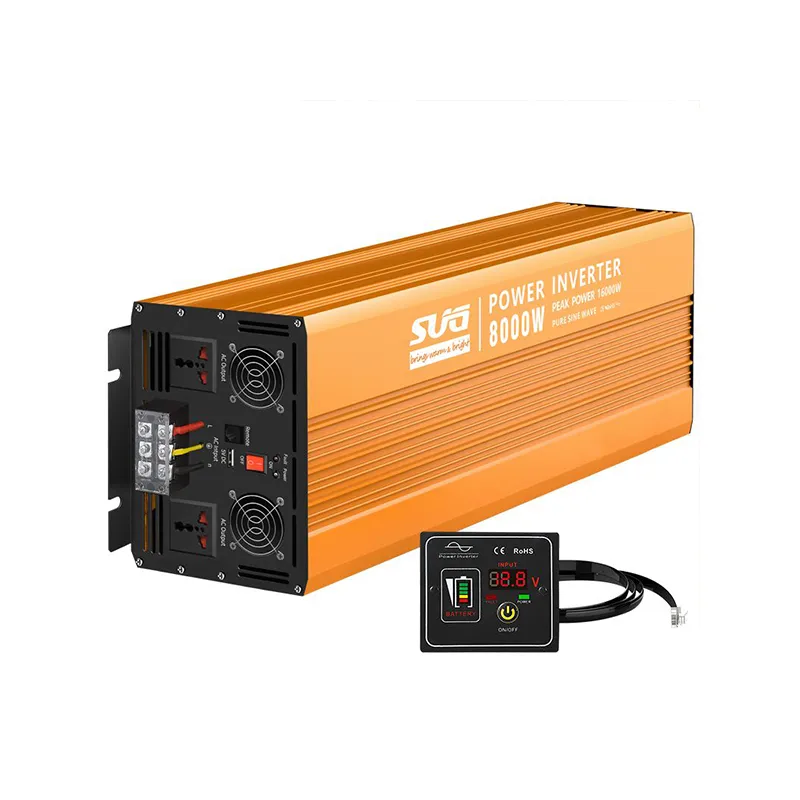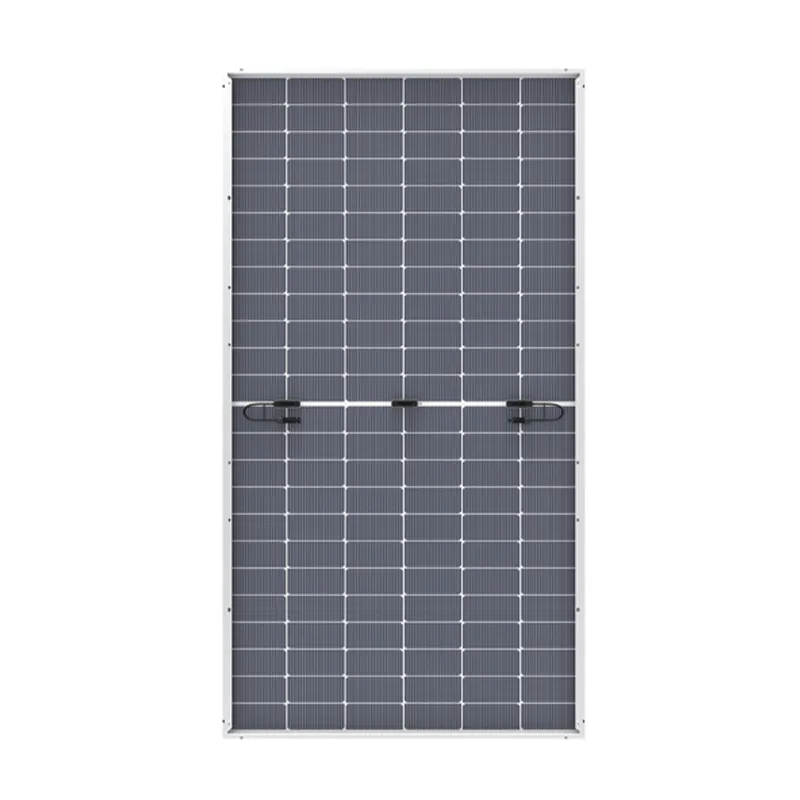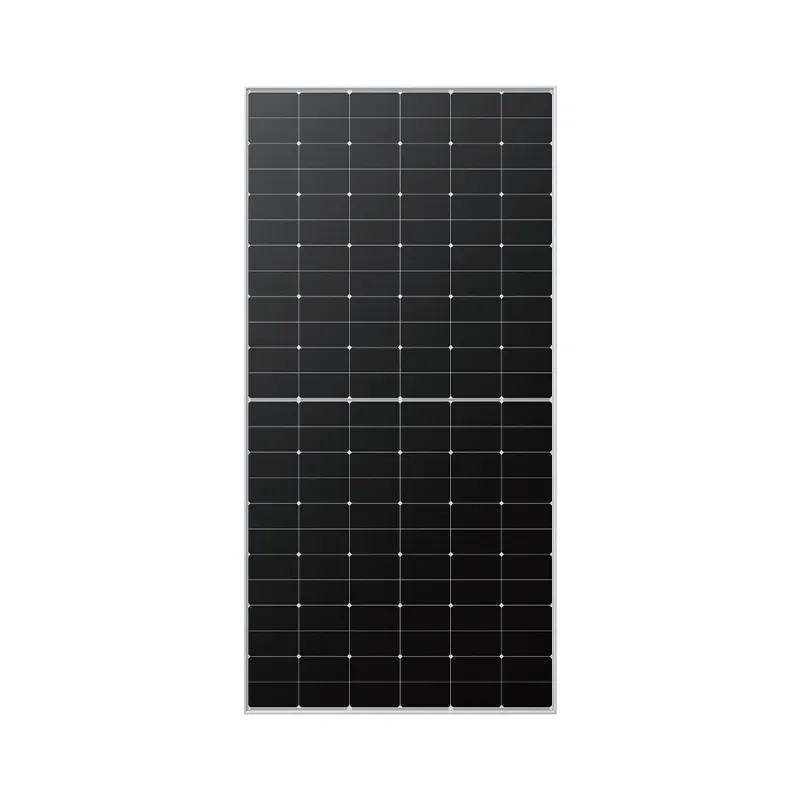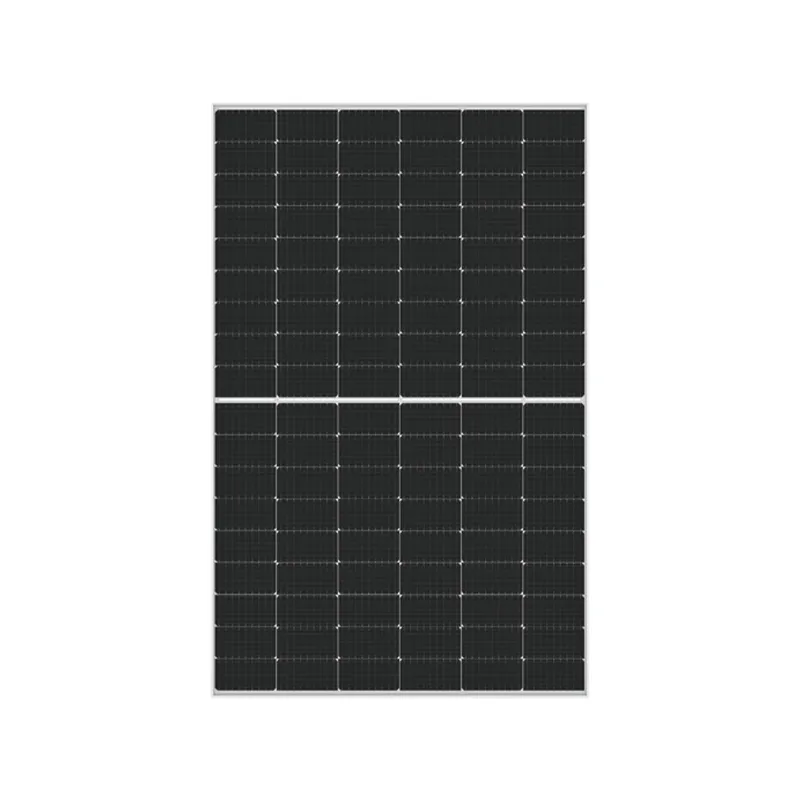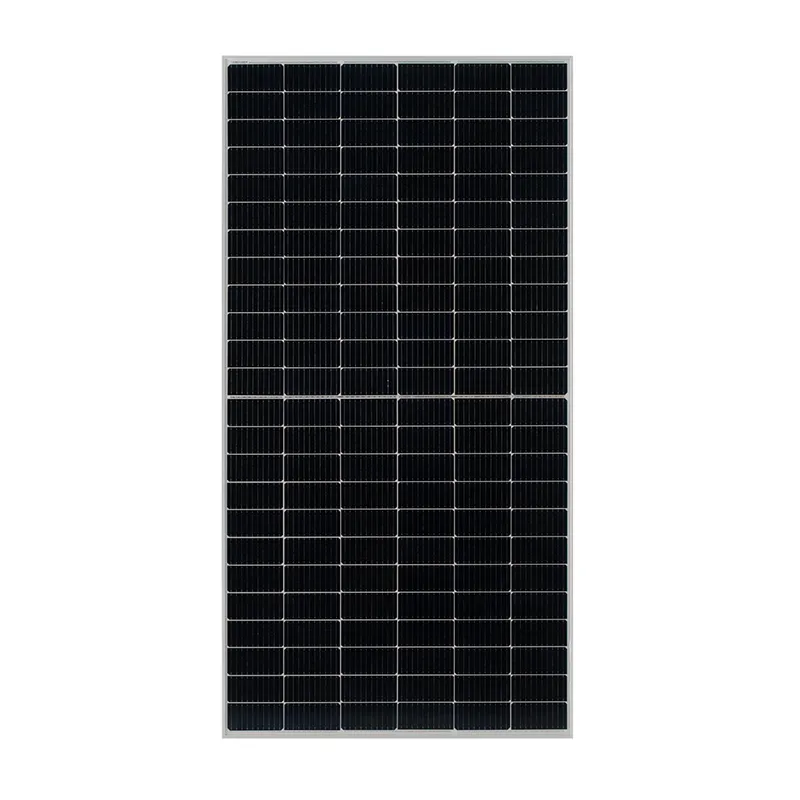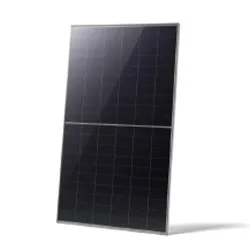10kW On Grid Inverter – High Efficiency, Reliable Solar Power Solution Hybrid & Off Grid Options Available
- Introduction to the on grid inverter 10kw
and market overview - Key technical features and advancements in 10kW grid-tied inverters
- Comparing on grid, hybrid, and off grid inverters: Specifications and usage
- Manufacturer comparison: Brands, warranty, and efficiency
- Customizable solutions for unique power requirements and site conditions
- Real-world application cases and performance insights
- Why on grid inverter 10kw systems are shaping future solar adoption
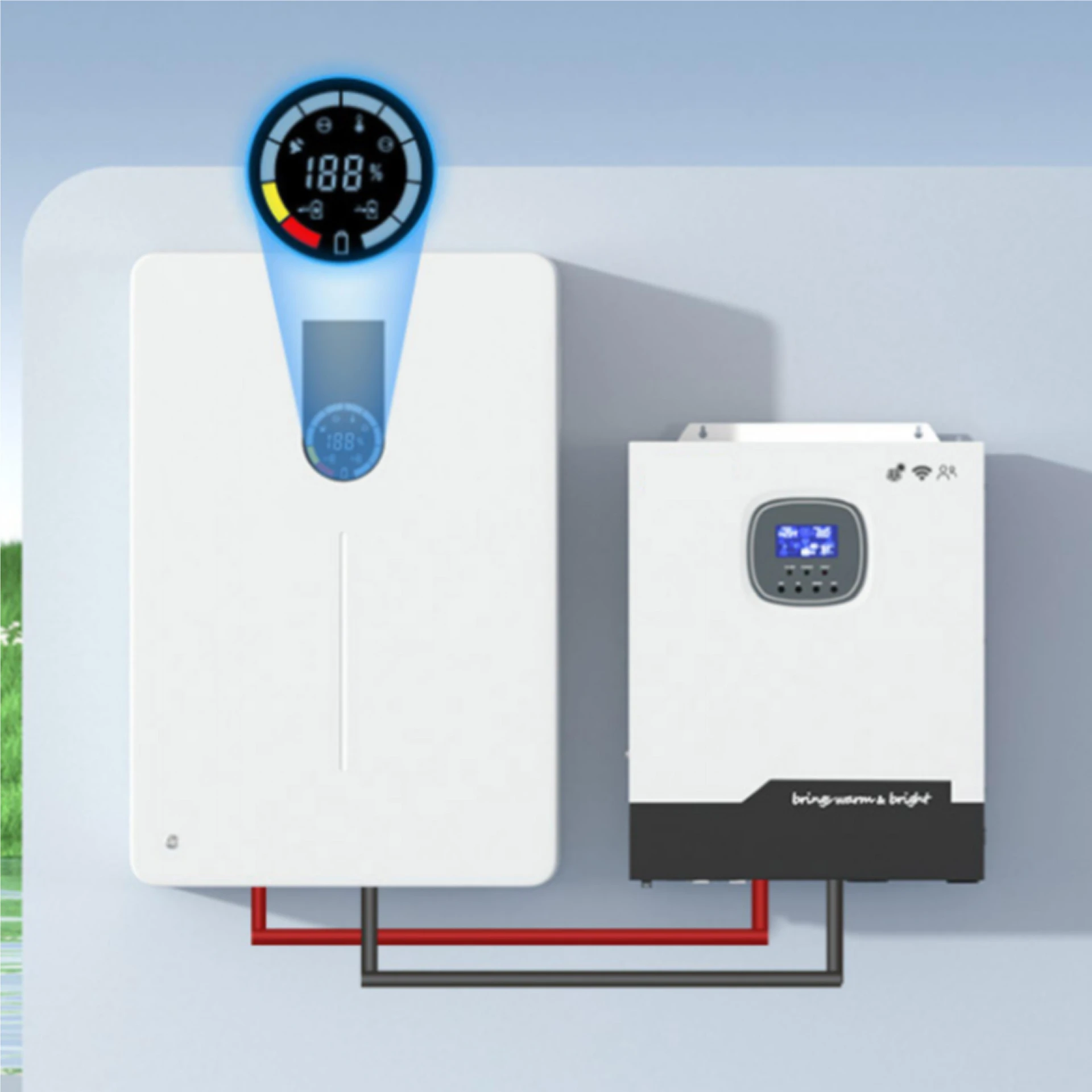
(on grid inverter 10kw)
Introduction: The Expanding Role of On Grid Inverter 10kw in Solar Adoption
The global shift towards renewable energy has spotlighted the on grid inverter 10kw as a critical component in modern solar installations. With international installations of solar energy reaching 940 gigawatts in 2023—a 24% rise over the previous year—commercial and residential users alike are demanding higher efficiency and smarter integration from inverters. The 10kW model stands at the sweet spot, balancing power output, cost, and system scalability for users seeking sustainable energy solutions for small businesses, multifamily residences, and farms.
Modern on grid inverters do much more than simple DC-AC conversion. They support synchronized grid connection, remote diagnostics, real-time monitoring, and advanced safety protocols. As governments tighten feed-in-tariff and net-metering regulations, choosing the right inverter is vital for maximizing investment return, system uptime, and grid safety. Let’s explore the key features and technical advances in today’s 10kW on grid inverter segments.
Technical Advantages and Recent Advancements in 10kW Grid-Tied Inverters
Today’s inverter on grid 10kw systems are engineered for efficiency, safety, and intelligent communication. State-of-the-art models reach 97.5% to 99% maximum efficiency, minimizing energy loss across the conversion process. Some leading models feature maximum power point tracking (MPPT) abilities with dual or quad independent inputs, enabling >99% precise tracking of variable irradiation profiles, especially valuable in diverse rooftop environments.
- Smart Grid Support: Many 10kW on-grid inverters now offer anti-islanding protection, frequency & voltage ride-through, and grid code compliance for markets in North America, Europe, and Asia-Pacific.
- IoT & Cloud Connectivity: Built-in Wi-Fi and RS485/Ethernet enable remote firmware upgrades, live reporting, and automated fault alerts, reducing O&M costs by up to 30% per year.
- Enhanced Thermal Management: Advanced models incorporate passive cooling, reducing heat-resistance losses and ensuring 20+ years of design life under heavy loads.
- Flexible Mounting & Protection: IP65 to IP67 waterproofing and robust enclosure designs mean these inverters withstand harsh outdoor conditions, making them fit for rooftop and ground-mount applications.
As photovoltaic costs decrease, choosing an inverter that optimizes yield for every watt is critical in driving your project’s return on investment.
Comparative Analysis: On Grid, Hybrid, and Off Grid 10kW Inverters
Given the expansion in available configurations, selecting among on grid inverter 10kw, hybrid off grid inverter 10kw, and off grid solar inverter 10kw models requires careful consideration of technical specifications and intended application.
| Feature | On Grid Inverter 10kW | Hybrid Off Grid Inverter 10kW | Off Grid Solar Inverter 10kW |
|---|---|---|---|
| Application | Grid-connected; sell/consume solar power | Dual mode: grid-tied and standalone backup | Isolated sites; standalone solar + battery |
| Efficiency | 97.5%–99.2% | 95–97.5% (due to battery integration) | 93–96% (no grid sync, often transformer-based) |
| Battery Support | No | Yes (Li-ion, Lead Acid) | Yes (larger capacity required) |
| System Complexity | Low | Medium–High | High |
| Cost ($) | 900–1500 | 2000–3500 | 1800–4000 |
| Ideal Use Case | Cities, commercial | Urban, rural (grid instability) | Remote, telecom, agriculture |
This comparative data helps developers, installers, and end-users match their needs with optimal inverter styles, maximizing both output reliability and investment value.
Manufacturer Comparison: Leading Brands in 10kW Inverter Technology
The 10kW segment is fiercely competitive. Key manufacturers not only vie for highest conversion rates, but also for after-sales support, platform interoperability, and product longevity. Here’s a data-driven comparison of prominent brands:
| Brand | Model | Country | Efficiency (%) | Warranty (Years) | Smart Features | Price ($) |
|---|---|---|---|---|---|---|
| SMA | Sunny Tripower 10.0 | Germany | 98.0 | 10–15 | Integrated web server, remote diagnosis | 1900 |
| Huawei | Sun2000-10KTL-M1 | China | 98.6 | 10 | AI fault detection, optimizer ready | 1550 |
| Growatt | MOD 10KTL3-X | China | 98.4 | 5–10 | Wi-Fi, cloud, arc fault protection | 1350 |
| Fronius | Symo 10.0-3-M | Austria | 98.0 | 7–10 | Multi tracking, SnapINverter tech | 1850 |
| Goodwe | GW10KT-DT | China | 98.2 | 5–10 | Battery ready, LCD interface | 1400 |
When making a procurement decision, attention should be paid not only to efficiency and price, but to support infrastructure, scalability, and integration with monitoring platforms. European brands (e.g., SMA, Fronius) tend to focus on robustness and service, while Asian brands excel in smart features and competitive pricing.
Tailored 10kW Inverter Solutions: Meeting Unique Project Specifications
No two installation sites have exactly the same requirements. Pollution levels, ambient temperature, mounting tilt, shading profile, and safety standards all impact inverter selection and configuration. For projects in high dust or saline environments, inverters with enhanced conformal coating and IP67 enclosures dramatically extend service life. Heat-prone sites benefit from passively cooled or derated designs, while urban deployments may prioritize compact footprints and low noise output (<30 dB).
Hybrid architectures, such as pairing a hybrid off grid inverter 10kw with lithium batteries, allow for power shifting, providing up to 8 hours of backup storage during peak hours. Advanced installers create custom communication bridges, integrating inverters into building management systems (BMS) or SCADA for seamless operation across solar, generator, and utility grids.
- String vs. Centralized Layouts: For large commercial rooftops, string inverters grant adjustable operation per string, boosting overall uptime and mitigating module mismatch losses.
- MPPT Optimization: Multi-chip MPPT technology ensures continued harvesting during partial shading or soiling events.
- Compliance and Remote Management: Ensuring IEEE 1547, UL 1741 SA, or equivalent certifications, plus real-time monitoring, are now standard for maximizing rebate eligibility and reducing OPEX.
By tailoring your system mix—from inverter selection to software protocols—you safeguard long-term asset value and project-specific outcomes.
Application Cases: In-Field Performance of 10kW Inverter Installations
10kW inverters are broadly implemented in a spectrum of environments. In Italy’s Lombardy region, a 70kW rooftop array equipped with seven 10kW on grid inverters delivered an annual yield of 108,000 kWh, achieving a capacity factor of 17.6% and outperforming projected values thanks to multi-MPPT tracking. In South Australia, a remote sheep farm opted for a hybrid off grid inverter 10kw alongside 46 kWh of lithium storage, guaranteeing continuous farm irrigation during grid disruptions and reducing diesel usage by 72% within the first operational year.
In a US multi-family urban high-rise, three parallelized inverter on grid 10kw units handled not only tenant common-area loads but also exported 40% of annual output into the state net-metering scheme, translating to $7,800 in yearly energy credits. In rural India, off grid solar inverter 10kw units sustain 24/7 medical clinics independent from unreliable local grids, fueling lighting, refrigeration, and telecom with <3% downtime per year.
- Flexible configuration allows effective scaling from 10kW to 200kW by paralleling units.
- Robustness to grid variation and remote management avoid costly site visits.
- In hybrid and off-grid settings, the right battery chemistry and inverter software are key to resilience.
These demonstrated successes highlight how tailored inverters unlock value beyond the core conversion function—maximizing uptime, cost savings, and resilience for each unique project.
The Future of Solar Power: Why On Grid Inverter 10kw Systems Dominate
With the surging demand for distributed solar and stricter energy codes, the on grid inverter 10kw has established itself as the linchpin of scalable, reliable, and intelligent power production. Industry analysts report that by 2027, the global market for 8–12kW inverters will grow at a CAGR of over 16.5%, led by urbanization, supportive regulation, and grid modernization initiatives.
Integration capabilities—including real-time consumption monitoring, remote diagnostics, and grid-supportive intelligence—ensure that 10kW inverters remain future proof. Whether contrasting hybrid off grid inverter 10kw configurations or leveraging centralized BESS-supported topologies, this inverter rating offers the flexibility and proven reliability to meet the evolving needs of commercial, industrial, and community-scale solar projects.
Ultimately, as energy independence and decarbonization become universal priorities, adopting efficient on grid inverter 10kw solutions positions users at the forefront of the renewable transition, contributing both to financial savings and grid stability for decades to come.
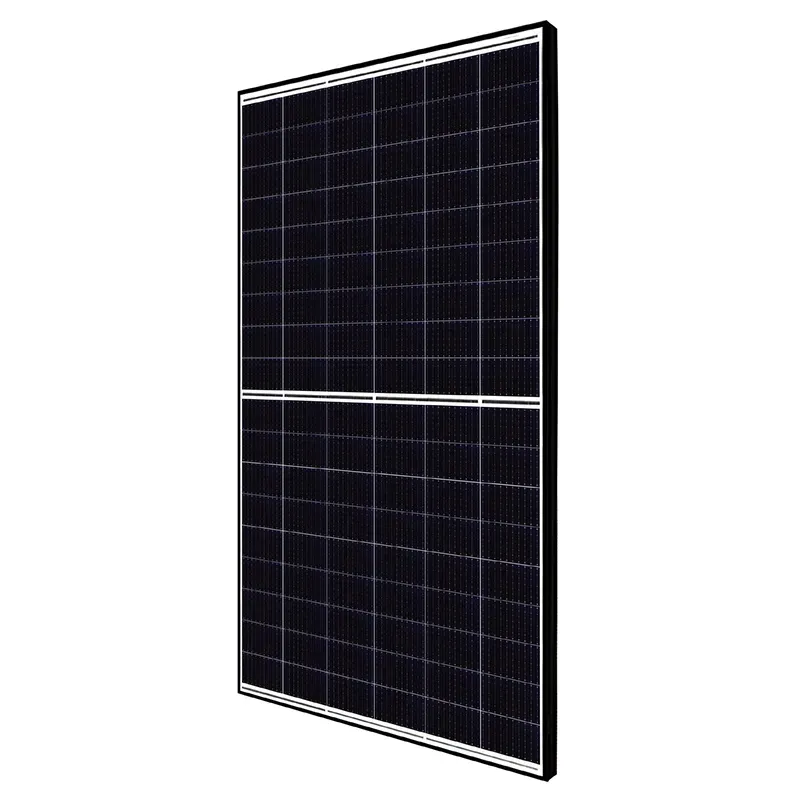
(on grid inverter 10kw)
FAQS on on grid inverter 10kw
Q: What is an on grid inverter 10kw used for?
A: An on grid inverter 10kw is used to convert DC electricity from solar panels into AC power for direct use or feeding into the utility grid. It enables efficient energy management for residential or commercial applications.Q: How does a hybrid off grid inverter 10kw differ from a standard on grid inverter?
A: A hybrid off grid inverter 10kw can work with or without the grid, supporting batteries for backup power. In contrast, a standard on grid inverter relies solely on utility grid connectivity.Q: Can I use the inverter on grid 10kw for home solar power generation?
A: Yes, the inverter on grid 10kw is suitable for home solar systems over 10kw capacity. It allows you to use solar energy and export excess power to the grid.Q: What are the main benefits of an off grid solar inverter 10kw?
A: An off grid solar inverter 10kw provides energy independence by storing solar power in batteries for use when the grid is unavailable. It's ideal for remote locations without reliable utility service.Q: Is a 10kw on grid inverter compatible with energy storage systems?
A: Traditional on grid inverters are generally not designed for batteries. For storage capability, a hybrid inverter should be used.-
Unlocking Energy Freedom with the Off Grid Solar InverterNewsJun.06,2025
-
Unlock More Solar Power with a High-Efficiency Bifacial Solar PanelNewsJun.06,2025
-
Power Your Future with High-Efficiency Monocrystalline Solar PanelsNewsJun.06,2025
-
Next-Gen Solar Power Starts with Micro Solar InvertersNewsJun.06,2025
-
Harnessing Peak Efficiency with the On Grid Solar InverterNewsJun.06,2025
-
Discover Unmatched Efficiency with the Latest String Solar InverterNewsJun.06,2025
